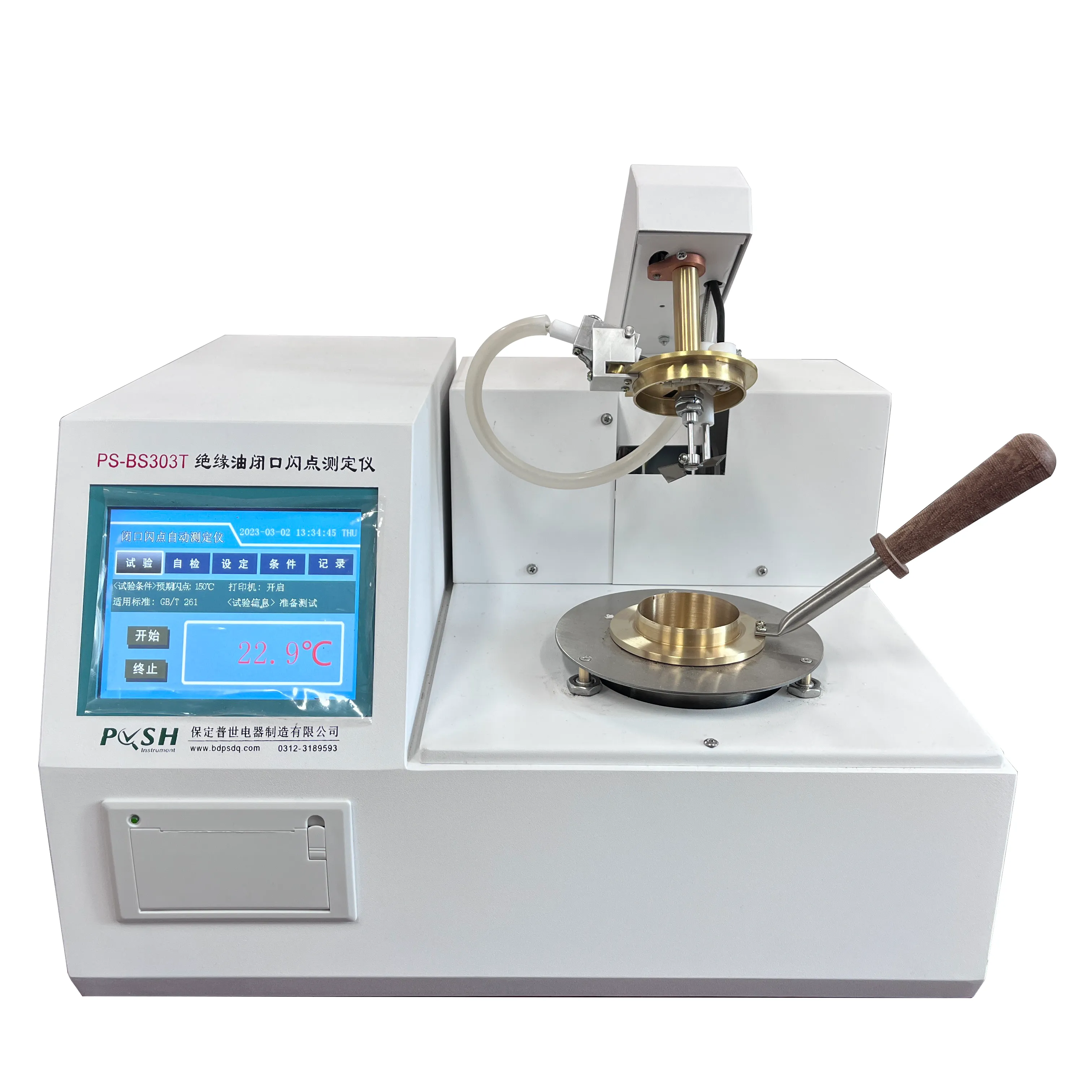 English
English



-
 Afrikaans
Afrikaans -
 Albanian
Albanian -
 Amharic
Amharic -
 Arabic
Arabic -
 Armenian
Armenian -
 Azerbaijani
Azerbaijani -
 Basque
Basque -
 Belarusian
Belarusian -
 Bengali
Bengali -
 Bosnian
Bosnian -
 Bulgarian
Bulgarian -
 Catalan
Catalan -
 Cebuano
Cebuano -
 China
China -
 China (Taiwan)
China (Taiwan) -
 Corsican
Corsican -
 Croatian
Croatian -
 Czech
Czech -
 Danish
Danish -
 Dutch
Dutch -
 English
English -
 Esperanto
Esperanto -
 Estonian
Estonian -
 Finnish
Finnish -
 French
French -
 Frisian
Frisian -
 Galician
Galician -
 Georgian
Georgian -
 German
German -
 Greek
Greek -
 Gujarati
Gujarati -
 Haitian Creole
Haitian Creole -
 hausa
hausa -
 hawaiian
hawaiian -
 Hebrew
Hebrew -
 Hindi
Hindi -
 Miao
Miao -
 Hungarian
Hungarian -
 Icelandic
Icelandic -
 igbo
igbo -
 Indonesian
Indonesian -
 irish
irish -
 Italian
Italian -
 Japanese
Japanese -
 Javanese
Javanese -
 Kannada
Kannada -
 kazakh
kazakh -
 Khmer
Khmer -
 Rwandese
Rwandese -
 Korean
Korean -
 Kurdish
Kurdish -
 Kyrgyz
Kyrgyz -
 Lao
Lao -
 Latin
Latin -
 Latvian
Latvian -
 Lithuanian
Lithuanian -
 Luxembourgish
Luxembourgish -
 Macedonian
Macedonian -
 Malgashi
Malgashi -
 Malay
Malay -
 Malayalam
Malayalam -
 Maltese
Maltese -
 Maori
Maori -
 Marathi
Marathi -
 Mongolian
Mongolian -
 Myanmar
Myanmar -
 Nepali
Nepali -
 Norwegian
Norwegian -
 Norwegian
Norwegian -
 Occitan
Occitan -
 Pashto
Pashto -
 Persian
Persian -
 Polish
Polish -
 Portuguese
Portuguese -
 Punjabi
Punjabi -
 Romanian
Romanian -
 Russian
Russian -
 Samoan
Samoan -
 Scottish Gaelic
Scottish Gaelic -
 Serbian
Serbian -
 Sesotho
Sesotho -
 Shona
Shona -
 Sindhi
Sindhi -
 Sinhala
Sinhala -
 Slovak
Slovak -
 Slovenian
Slovenian -
 Somali
Somali -
 Spanish
Spanish -
 Sundanese
Sundanese -
 Swahili
Swahili -
 Swedish
Swedish -
 Tagalog
Tagalog -
 Tajik
Tajik -
 Tamil
Tamil -
 Tatar
Tatar -
 Telugu
Telugu -
 Thai
Thai -
 Turkish
Turkish -
 Turkmen
Turkmen -
 Ukrainian
Ukrainian -
 Urdu
Urdu -
 Uighur
Uighur -
 Uzbek
Uzbek -
 Vietnamese
Vietnamese -
 Welsh
Welsh -
 Bantu
Bantu -
 Yiddish
Yiddish -
 Yoruba
Yoruba -
 Zulu
Zulu
oil test equipment
Understanding Oil Test Equipment A Key Component in Ensuring Quality and Safety
In the modern industrial landscape, the quality of oil used in various applications is paramount. Whether in automotive, aviation, or industrial machinery, the performance of lubricants and fuels significantly affects operational efficiency and longevity. Consequently, having reliable oil test equipment is essential for ensuring that these fluids meet specified standards. This article explores the importance of oil test equipment, its various types, and its role in maintaining quality and safety.
Oil test equipment encompasses a wide range of instruments and devices used to analyze the properties of oil and lubricants. These tools are crucial for assessing parameters such as viscosity, acidity, moisture content, and contamination levels. Each of these factors can profoundly impact the performance and reliability of machinery, highlighting the need for regular testing.
One of the most common types of oil test equipment is the viscometer, which measures the viscosity of a fluid. Viscosity is a critical property that determines how well oil can flow and lubricate engine components. Regular viscosity testing helps identify changes due to oxidation or contamination, indicating when oil should be replaced or serviced.
oil test equipment

Another essential piece of equipment is the acid number tester, which assesses the acidity of oil. As oil ages, it can become acidic due to the breakdown of its molecular structure and the absorption of contaminants. High acidity can corrode engine parts and lead to failure. By routinely checking acidity levels, engineers can prevent potential damage and extend the life of the machinery.
Moisture analyzers are also vital in oil testing, as excess water can lead to significant problems, including microbial growth and reduced lubrication efficiency. Testing equipment that can accurately quantify moisture content helps in maintaining optimal operational conditions and reducing the risk of engine wear.
Additionally, particle counters are often employed to evaluate contamination levels in oil. These devices count and classify particles present in the lubricant, which can come from wear debris or external sources. Monitoring particle counts helps in diagnosing wear rates and scheduling maintenance before severe failures occur.
In conclusion, oil test equipment is an indispensable part of any maintenance regime for machinery and engines. Regular testing not only enhances performance and efficiency but also ensures safety by preventing catastrophic failures. As the industrial world increasingly advances towards automation and integrated systems, investing in high-quality oil test equipment will remain imperative for maintaining operational integrity and extending the lifespan of vital machinery. By prioritizing oil analysis, industries can achieve better performance and protect their investments.
-
Testing Equipment Industry Sees Major Advancements in 2025: Smart & Precision Technologies Lead the WayNewsJun.06,2025
-
Applications of Direct Current Generators in Renewable Energy SystemsNewsJun.05,2025
-
Hipot Tester Calibration and Accuracy GuidelinesNewsJun.05,2025
-
Digital Circuit Breaker Analyzer Features and BenefitsNewsJun.05,2025
-
Benefits of Real-Time Power Quality Monitoring Devices for Industrial EfficiencyNewsJun.05,2025
-
Earth Fault Loop Testing in High-Rise Building Electrical SystemsNewsJun.05,2025



